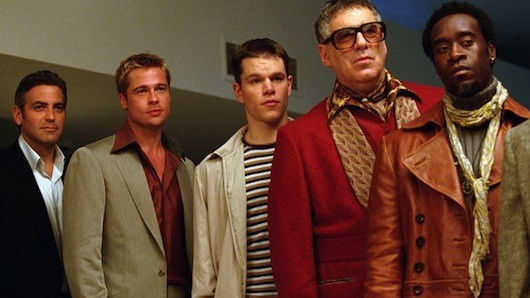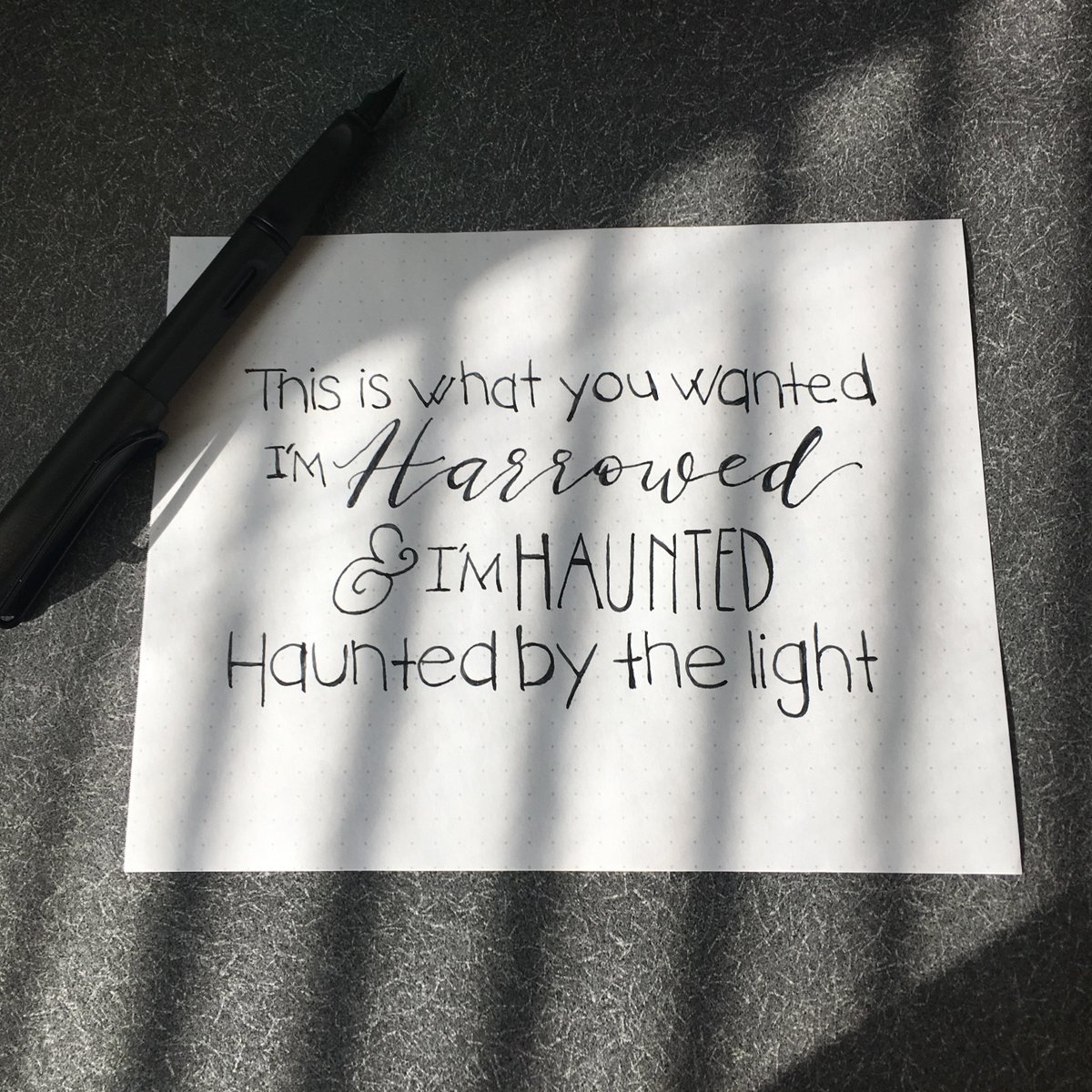Don't have a day of lamentation2. Be prepared for your advenutres.
The 3-2-1 Rule
I didn't come up with this one, and I'd recommend being a bit stricter, but this is a classic expeditionary guideline. The premise is simple; while on your adventure, every day you'll get a bare minimum of:
3 HOURS OF SLEEP
2 ACTUAL MEALS
1 SHOWER
No exceptions.
Let's work our way up that list. 1 shower/day isn't a lot to ask; and it's not just about mitigating your powerful Con Musk. Hygine plays a big part in health, and when you're traveling and meeting lots of people, you can't afford to cut corners. Just take a look at this list from the CDC - that's a big 'ol pile of nope right there.
If you're thinking "but Killstring, this clearly doesn't apply to me," then you are heading for lamentation my friend, and probably stinky to boot. Even if you don't get sick, you're contributing to the general Con Misasma, and ain't nobody needs that. Be the hero we need, not the one we deserve.
As far as food goes; your body needs fuel. Running on sugar, caffeine, and enthusiasm - all of which are likely in ample supply - will only get you so far; eventually, you're gonna crash. As you get older, you're likely to crash sooner, but nobody's immune to this stuff. Gettin' protein is key - especially for vegetarians like myself - so now's the time to actually look at the nutritional information of your food, and make sure you're hitting your protein goals for the day. And if you don't have protein goals, 50 ain't the worst number to aim for.
Remember to sleep! Personally, I recommend no fewer than six hours of sleep - eight if you can manage - but I'm a bit biased from being the primary driver on tour; one of the many benefits of being "the straight-edge one." If you're not drunk, sometimes that means you get to drive at 4 AM several nights in a row. Good times!3 So yeah, I recommend more, but if you're looking for an absolute minimum baseline, this'll do.
Remember to sleep! Personally, I recommend no fewer than six hours of sleep - eight if you can manage - but I'm a bit biased from being the primary driver on tour; one of the many benefits of being "the straight-edge one." If you're not drunk, sometimes that means you get to drive at 4 AM several nights in a row. Good times!3 So yeah, I recommend more, but if you're looking for an absolute minimum baseline, this'll do.
Be smart. You're already asking a lot of your body, don't be a jerk to it on top of everything else.
"But It's Cool If I Just Do Cocaine Instead, Right?"
If you are actually asking this - hi buddy! It's been a while. You owe me thousands of dollars, and I think the DA wants to talk to you.
For the rest of you; I've seen people push themselves through difficult patches with various stimulants, ranging from over-the-counter, to hilariously illegal - and this is a poor decision roughly 100% of the time. This isn't me judging you4, this is purely from the perspective of a grumpy former tour manager; your high will string you out, abandon you at the worst possible moments, and not only will you regret it, but so will everybody else around you. Keep your recreational stuff recreational; don't use it to substitute for your body's actual needs.
I hope that's all that needs to be said on the topic.
Hydrate Yourself.
Water is your friend. You are almost certainly not drinking enough for your upcoming adventure. If this is still unclear, see the next point.
Beer (or Soda) Doesn't Count
 |
| Man was a legend in many ways. |
I don't drink, but plenty of people do. And when there's cause for celebration, people partake of libations. This is good, and fine, and lovely - but for the sake of all that is good and pure, take care of yourself out there. One of the most common mistakes that I've seen a lot of young bands make is assuming that Feeling Good Tonight equals Definitely Gonna Feel Good Tomorrow, and that's absolutely not how it works. Not everybody can be Dimebag Darrel - and even he had some tricks up his sleeve:
On the same note: When you wake up and you’ve got a gig to play but you’re still half drunk and hurtin’ big-time, you’re gonna be dehydrated. The best thing to re-hydrate yourself isn’t Gatorade — it’s Pedialyte, the stuff they give to kids when they’re shitting in their britches! So, get yourself some Pedialyte, get yourself some water and then go for the cheap Mexican food. That’s a survival trick that’ll get you back on the right track.
~ Dimebag Darrel, Guitar World, 2000
While I don't recommend you actually try Dime's method here - my observation indicates that results can vary wildly - the key is to quickly remedy any problems, and try not let yourself get that bad in the first place. Personally, I prefer the Killstring Sports Drink Test, which is a simple barometer.
The Killstring Dehydration Test
Step One: Acquire a sports drink. Gatorade is the classic, I prefer Powerade Zero, but anything that looks like antifreeze and promises nebulous athletic superiority will do the trick.
Step Two: Drink that drink.
Step Three: How did it taste?
- Okay - You're probably not dehydrated
- Pretty good - You're headed for trouble
- SERIOUSLY AMAZING - You are dehydrated
Figure it out from there.
Combat Swampy Nether Regions With Superior Alchemy
For real, though. For cons, festivals, and summer concerts - on both sides of the stage - you're going to be around a lot of other humans. Sweat is going to occur.
SCIENCE CAN HELP.
Get yourself some powder, and after your shower (see the 3-2-1 rule), apply said powder to the places most likely to accumulate sweat and funk. Then marvel in amazement as they don't really do that, instead feeling like crisp mountain air, a soft summer breeze, or a gentle ballad, sung by the worlds only genuinely helpful Sirens - but in your nether zones.
A word of caution: I'mma just come out and say it; applying the super-medicated stuff to your most sensitive bits is not actually a good idea, my friends. A little bit of your standard product is good - recommended, even - but heavy doses of the seriously medicated stuff will instead provide a special kind of torture to what should be your happy place.
Don't make it a sad place. Be reasonable.
I like Gold Bond5 myself, but any kind of athletic/baby powder will work. Just make sure that if you're getting the advanced stuff (Gold Bond's green bottle, anything that's used to treat nasty rashes) you know what you're getting into.
CONquer Your Summer With Bad Puns!
Whether you're gearing up for conventions, festivals, or your summer tour schedule, you want to make it through to the end in one piece. And ideally, you want to make a good impression on people. In my travels, I haven't always managed both. Occasionally, I've managed neither. But you can do better; avoiding lamentation, swampy nether bits, and horrible infectious diseases.
Do better than I have done. Be the Con Superstar you were destined to become. Barring that, maybe just don't get sick.
Happy Adventuring!
~Killstring
 |
| TINGLY SENSATIONS ARE NO CAUSE FOR ALARM |
1 - Deydration sickness, migraine-like symptoms, nasty indigestion, or just flat-out exhaustion; you name it, it's happened. Lamentation comes in many different forms, and they all suck.
2 - Seriously, don't.
3 - Actually, yeah. Yeah they were. Miss you drunk jerks.
4 - That part comes later!
5 - Yep, that is absolutely an Amazon Affiliate link, because the thought of this blog as a shilling site for NETHER POWDERS is entirely too amusing to me. I hope it trends, and screws up all of my metrics.
NETHER. POWDERS. Gods, I'm like, five years old over here.










